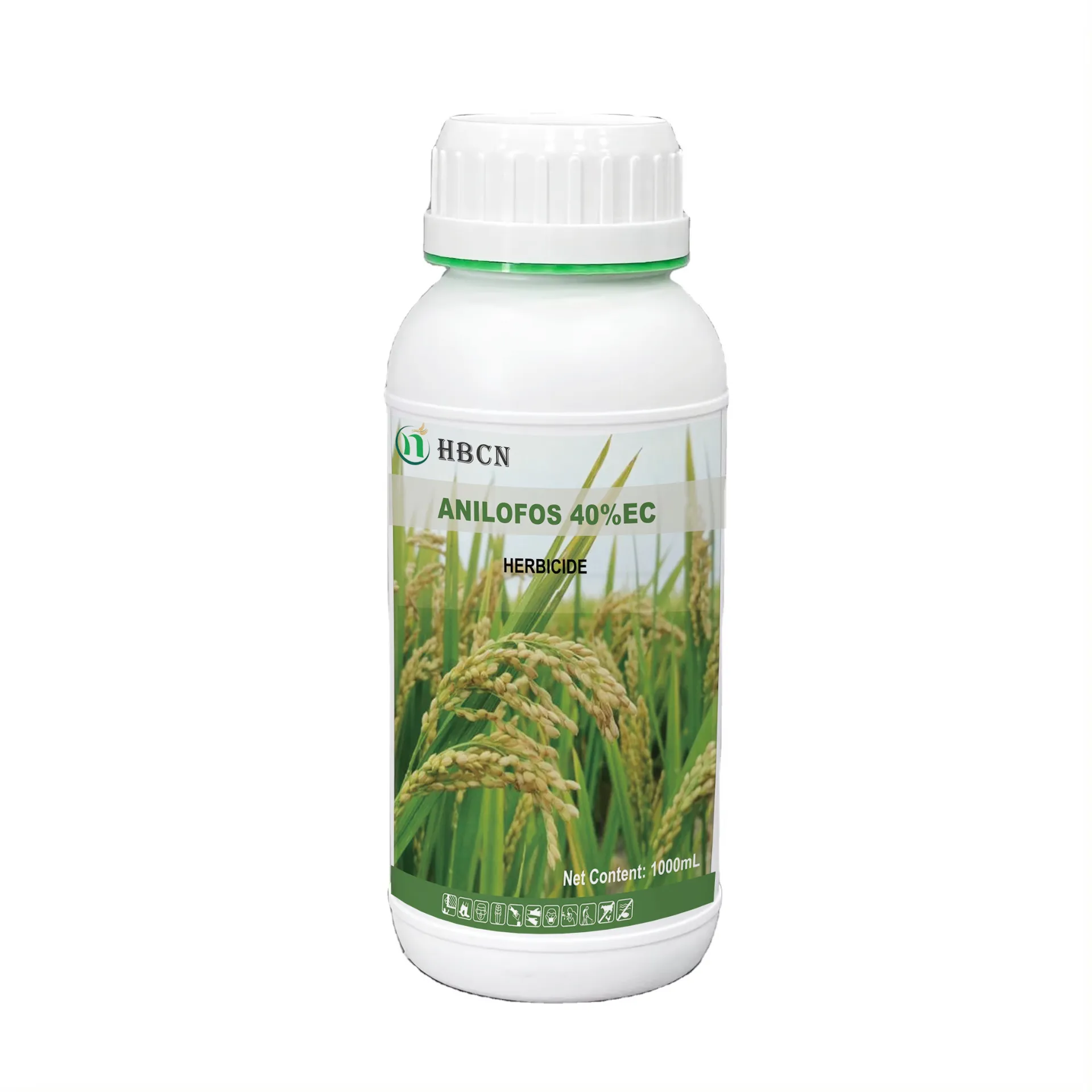
Nov . 05, 2024 22:30 Back to list
Exploring the Benefits of Difenoconazole 5% SC for Crop Protection
Understanding Difenoconazole 5% SC A Key Player in Crop Protection
Difenoconazole is a widely recognized fungicide that belongs to the triazole class of chemicals, playing a crucial role in the management of various plant diseases. In its formulation as a 5% suspension concentrate (SC), it offers significant advantages for both agricultural productivity and pest management strategies. This article aims to provide an overview of Difenoconazole 5% SC, its mode of action, benefits, application methods, and safety considerations.
Mode of Action
Difenoconazole acts by inhibiting the biosynthesis of ergosterol, an essential component of fungal cell membranes. By disrupting the production of ergosterol, Difenoconazole effectively compromises the integrity of fungal cells, resulting in their death. This mode of action makes it effective against a wide range of fungal pathogens, particularly those that cause diseases in various crops, including cereals, fruits, and vegetables. Difenoconazole has demonstrated efficacy against root and stem rots, leaf spots, and powdery mildew, among others, making it an important tool in integrated disease management.
Benefits of Difenoconazole 5% SC
1. Broad Spectrum of Activity One of the significant advantages of Difenoconazole 5% SC is its broad spectrum of activity against numerous fungi. This versatility allows farmers to use it against multiple pathogens, reducing the need for multiple fungicides and streamlining their pest management strategies.
2. Systemic Action Difenoconazole is a systemic fungicide, meaning it can be absorbed by the plant and translocated to various parts, providing protection not just at the application site but throughout the plant. This systemic nature offers longer-lasting protection and helps in managing diseases that may attack the plant later in its growth cycle.
3. Improved Yield and Quality By effectively controlling fungal diseases, Difenoconazole 5% SC contributes to improved crop yield and quality. Healthy plants are more resilient, resulting in better marketable produce and higher returns for farmers.
odm difenoconazole 5% sc

4. Resistance Management The use of Difenoconazole in a formulated mix can also aid in resistance management. Integrating fungicides with different modes of action minimizes the risk of pathogens developing resistance, ensuring the longevity of the fungicide’s efficacy.
Application Methods
Difenoconazole 5% SC can be applied through various methods, depending on the crop and the specific disease being targeted. Common application methods include
- Spray Applications Foliar sprays can be used for effective coverage, particularly for diseases affecting the leaves and stems. - Soil Drenching For root diseases, soil drenches can be applied to ensure that the product reaches the roots directly. - Seed Treatment Difenoconazole can also be utilized as a seed treatment to protect seedlings from early fungal infections.
Proper timing and application techniques are vital to maximize the efficacy of the fungicide, and farmers are encouraged to adhere to the recommended guidelines to achieve optimal results.
Safety Considerations
While Difenoconazole 5% SC is an effective fungicide, safety is a key consideration when handling any chemical product. It is essential to follow label instructions regarding application rates, protective equipment, and pre-harvest intervals. The safety profile of Difenoconazole indicates low toxicity to mammals, but it can pose risks to aquatic organisms; therefore, care should be taken to prevent runoff into waterways during application.
In conclusion, Difenoconazole 5% SC is an invaluable asset in the field of crop protection. Its broad-spectrum efficacy, systemic action, and positive impact on yield quality make it a preferred choice among growers. Moreover, the strategic use of this fungicide can lead to sustainable pest management practices, contributing to the overall health of agricultural ecosystems. As with any agricultural input, responsible use and adherence to safety guidelines will ensure that its benefits can be enjoyed for years to come.
-
Azoxystrobin: Broad-Spectrum Fungicide Solutions
NewsAug.11,2025
-
Best EPA Boscalid: Superior Crop Fungicide for Max Yields
NewsAug.11,2025
-
Best Willowood Imidacloprid: Superior Pest Control Solutions
NewsAug.10,2025
-
Best EPA Boscalid Fungicide: Ultimate Crop Protection
NewsAug.09,2025
-
Cyprodinil Fungicide: Broad-Spectrum Crop Protection
NewsAug.08,2025
-
Tembotrione Herbicide: Advanced 8% OD for Broad Spectrum
NewsAug.07,2025
